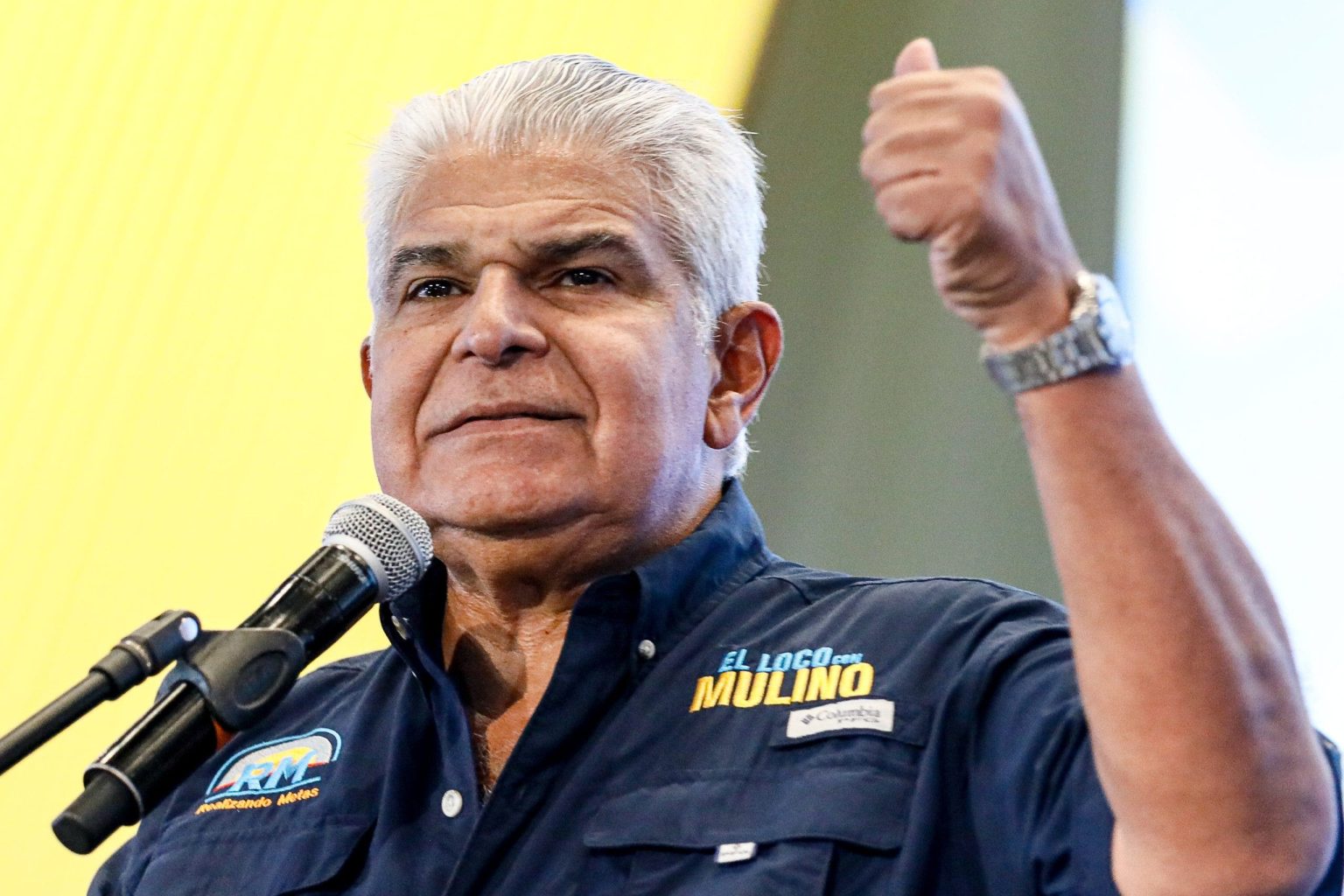The incoming president of Panama, Jose Raul Mulino, has pledged to make significant changes in response to the U.S. border crisis. Mulino plans to shut down a migration route through Panama that has been used by over 500,000 migrants in the past year. He emphasized that Panama’s Darien Gap is not a transit route, but rather a border. The country had previously allowed migrants to pass through this critical gap and continue their journey north, enabling thousands to reach the U.S. border with Mexico. However, Panama’s new policy aims to make the country a less attractive option for migrants and criminal organizations.
In response to pressure from the U.S., Panama’s decision to close the migration gap comes as the U.S. continues to press Mexico to help ease the border crisis. The U.S. has urged Mexico to enforce movement restrictions to prevent migrants from reaching the U.S. border. The Darien Gap, despite being a dangerous route northward, has become popular among migrants in recent years, with cartels and organized crime groups facilitating the journey. With Mulino’s plans to change Panama’s policies, the hope is that this route will become less appealing for migrants and criminal organizations seeking to reach the United States.
President-elect Mulino, who won the election with 34% of the vote, believes that implementing a more stringent policy will deter migrants from using Panama as a route to the U.S. He stated that a plan for immediate deportation of migrants would decrease the attractiveness of sneaking through Panama. However, experts have expressed doubts that this plan would significantly reduce migration. Analyst Adam Isacson of the Washington Office on Latin America noted that Panama lacks the capacity to deport thousands of migrants on a large scale. Isacson stated that even with daily deportations via plane, only a small fraction of the migrant flow could be repatriated, considering the limitations and costs involved.
The decision by Panama to close this migration route is part of a broader effort to address the ongoing challenges at the U.S.-Mexico border. As countries in the region grapple with the impacts of migration, the U.S. has been urging for coordinated action to curb the flow of migrants. The closure of the Darien Gap route is seen as a step towards reducing the incentives for migrants to take dangerous and unauthorized routes to reach the U.S. border. High levels of migration have strained resources and led to humanitarian concerns, prompting governments to explore new policies and strategies to manage the situation effectively.
The move by Panama signals a shift in the country’s approach to migration and border security, reflecting a broader trend in the region towards stronger enforcement and deterrence measures. With the U.S. also adopting stricter border policies, there is a growing emphasis on addressing the root causes of migration and enhancing security cooperation among countries in the Americas. While the effectiveness of Panama’s new policy remains to be seen, it is clear that addressing the complex challenges of migration requires coordinated efforts and a comprehensive approach that considers the different factors driving people to seek refuge or better opportunities in other countries. By taking decisive action to close the Darien Gap route, Panama is sending a message that it is committed to addressing the border crisis and working towards a more sustainable and secure future for the region.













